Do Roof Ventilators Work?
Rain Heads Custom Made Shipped Free Australia Wide – Click Here >
Dambuster Rain Heads Shipped Free Australia Wide – Click Here >
Commercial Industrial Roof Vents 300mm-950mm – Click Here >
Eco-Friendly Roofing Insulation Shipped Free – Click Here >
Gutter Sumps Shipped Free Australia Wide – Click Here >
Roof Ventialtion Systems
For as lovely as life in Sydney can be, there is no denying that we can face some severe temperatures sometimes. In summer, the temperature can climb to 40°C and beyond, making your interior and especially heat-trapping rooms such as your attic feel like an oven. On the other hand, winter is no reprieve either, as freezing temperatures and a buildup of ice and snow can wreak havoc on your roof’s structural integrity. Neither of these outcomes is to be desired, which is why it is important to make sure your attic and roof are properly heated and cooled.
Ventilating both of these spaces via vents are the best way of doing that. There are several different types of vents on the market, each of which offer different forms of ventilation. Ventilating your roof and attic works, and by knowing which vents offer what, you can make sure you’re getting an option that will work for you.
With that in mind, let’s take a look at how vents work in general, what some of the leading options offer in particular, and which ventilation systems in Sydney are right for your specific needs.
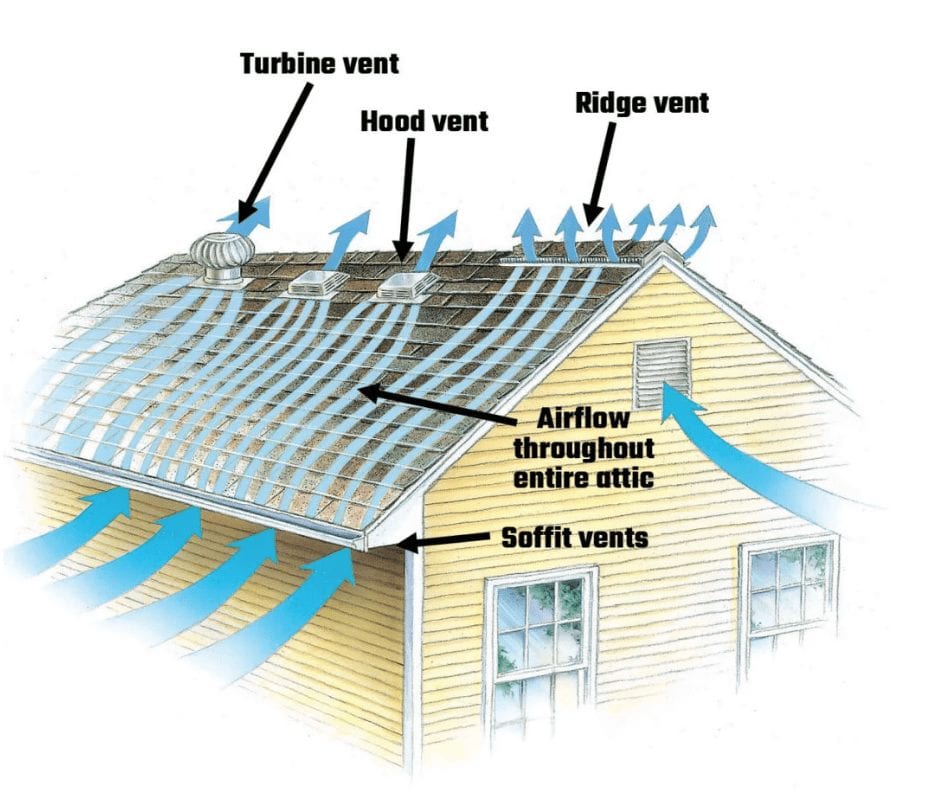
Why Is Roof Ventilation Important?
As stated above, the temperature variation in Sydney can be pretty severe from season to season. As a result, your home can become pretty hot or cold, especially when it comes to your attic. You don’t want this area of your home to become unbearably hot or inhospitably cold for long stretches of the year.
That’s true from a property value standpoint as well. Allowing your attic to become excessively hot and humid can create a climate in which that moisture gives rise to mould and mildew, with the odiferous and destructive consequences those home wreckers bring. On the flip side, allowing your roof to become too cold in the winter can create a situation in which they begin to freeze over, with icicles damaging your shingles and the structural integrity of your roof as a whole.
None of these outcomes are desirous, which is why it’s important to keep the temperature of your attic and roof area temperate and well-regulated. Attempting to do so with an HVAC unit can be costly, however. Thankfully, roof ventilation systems allow you to cycle out old stagnant air for fresh air while simultaneously heating your roof in the wintertime and cooling your attic in the summertime. Add to the fact that a good roof ventilation system can add to your home’s property value, and their full importance becomes all too apparent.
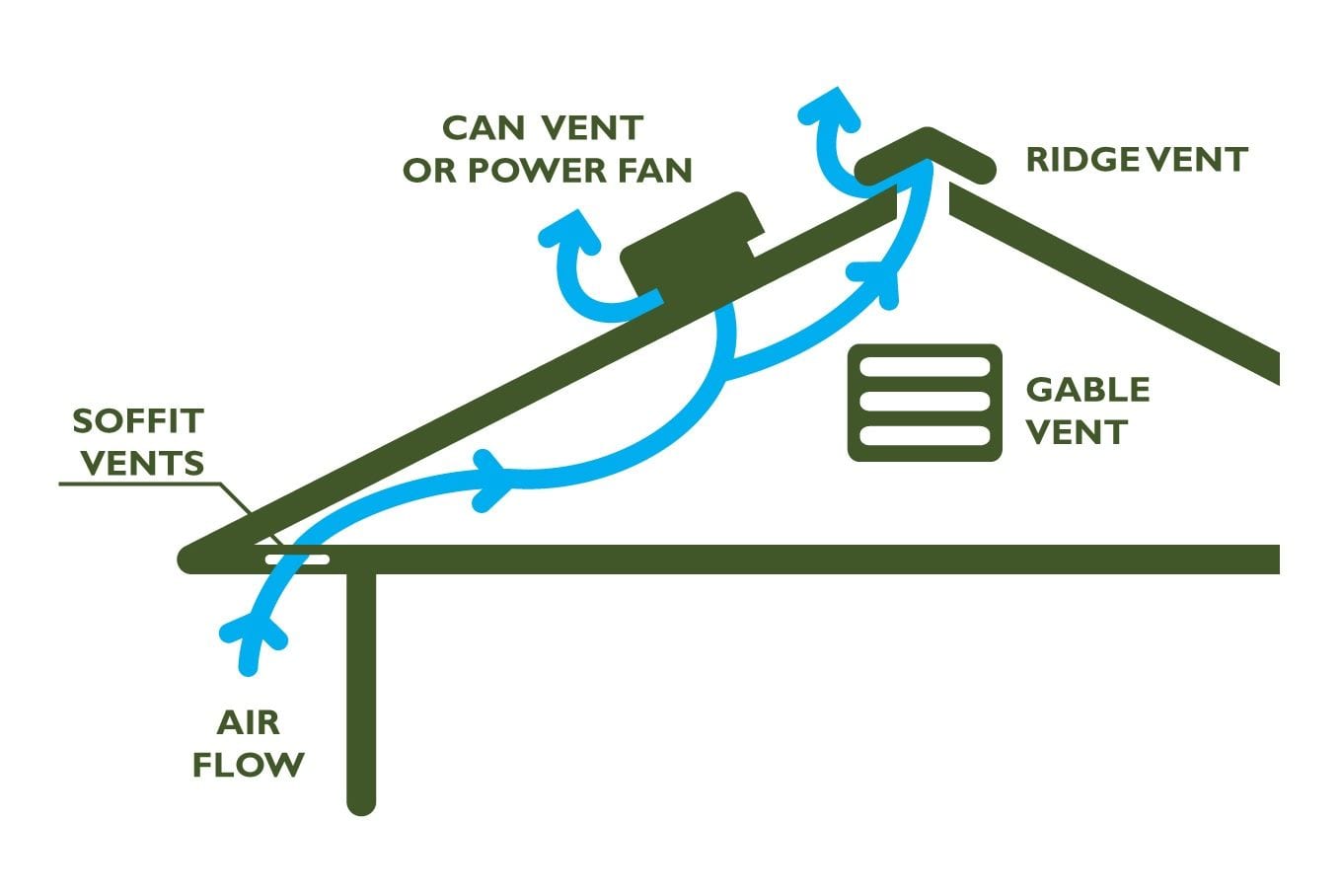
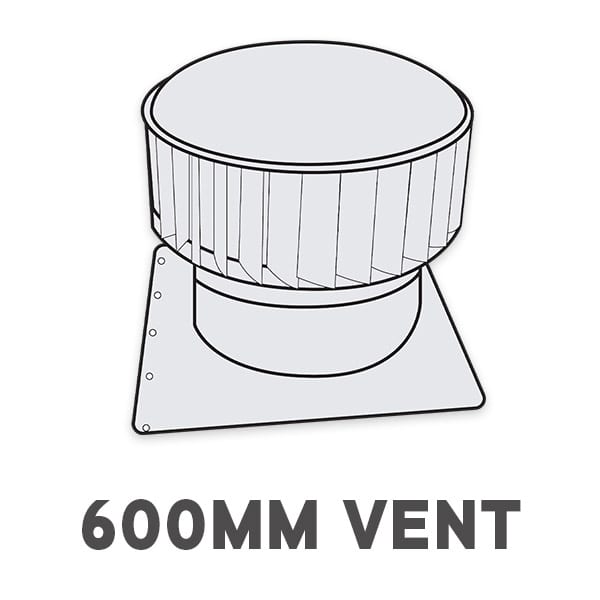
Supply & Installation Price
Sydney Metro Only
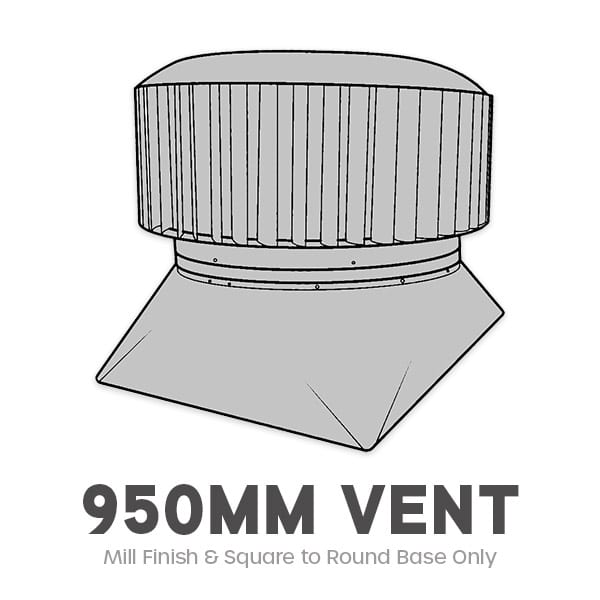
Supply & Installation Price
Sydney Metro Only
1 Roof Vent
Supply & Installation Price
$520/1
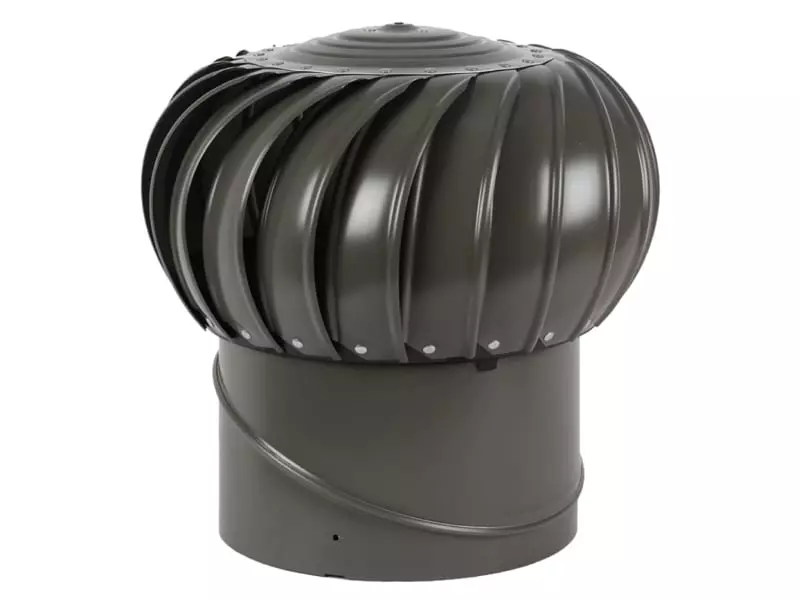
1 Ampelite 300 Spinaway
Colorbond or Mill Finish Supply & Installation Price
Download PDF
2 Roof Vent
Supply & Installation Price
$860/2
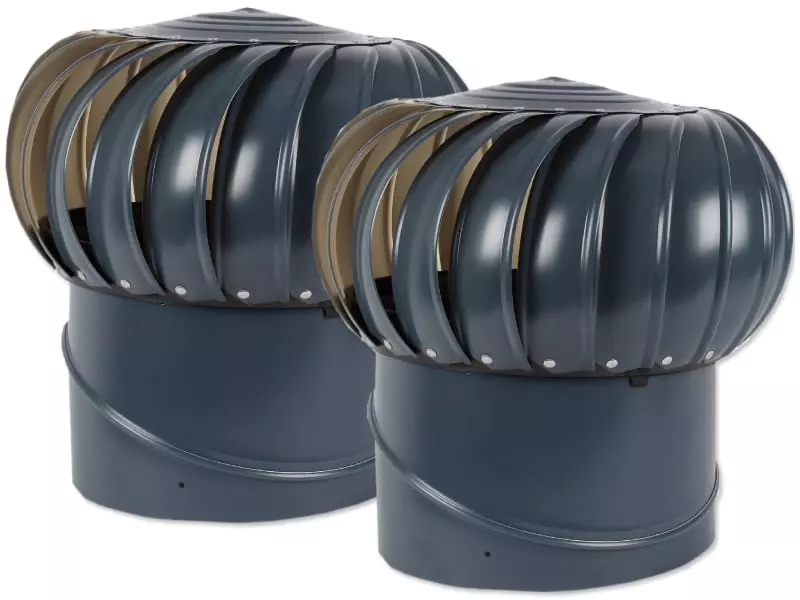
2 Ampelite 300 Spinaway
Colorbond or Mill Finish Supply & Installation Price
Download PDF
3 Roof Vent
Supply & Installation Price
$1,090/3

3 Ampelite 300 Spinaway
Colorbond or Mill Finish Supply & Installation Price
Download PDF
4 Roof Vent
Supply & Installation Price
$1,300/4

4 Ampelite 300 Spinaway
Colorbond or Mill Finish Supply & Installation Price
Download PDF
How Does Roof Ventilation Work?
Now that we know why it’s so important, let’s take a look at what makes roof ventilation possible in the first place.
The big idea with roof ventilation is to keep the flow of air through your roof and attic space as continuous as possible. This is one factor that sets it apart from HVAC systems, which turn on and off according to the temperature. By contrast, vents built into your home will allow air into and out of your roof and attic no matter the temperature, thereby providing you with something that has the constancy necessary to aid with around the clock temperature and climate regulation.
This can be especially useful when it comes to getting rid of excess moisture. As stated, left unchecked, this can create serious problems for the structural integrity of your home. What’s more, humidity and moisture aren’t typically things that can be adequately combatted by an HVAC system, at least on its own. By contrast, a quality system of roof vents with fans, or even roof vents operating on their own, can help filter out all that unwanted humidity and moisture, making it that much easier to protect your attic against mould, mildew, and other unwanted consequences.
How are vents able to do this?
As we’ll see below, that answer is bound to vary from unit to unit depending on the different nature of the different types of vents employed. Nevertheless, the most basic and straightforward answer to this question lies in the vents’ ability to allow air to flow into or out of a roof unobstructed. In summer, this means allowing hot air to rise to the top of your attic and filter out through the vents attached to the top or sidewall of your attic. In winter, it means ventilating warm air out through the top of your roof in such a way as to warm the shingles enough that they don’t completely freeze over.
That’s a heavy job, and it sometimes takes more than one type of vent to pull it off. What’s more, there are two distinct vent categories, passive and active. Passive vents work by simply allowing air to pass through its grating and into and out of your attic and home without interfering with it, thereby allowing your home to cool naturally. Active vents, meanwhile, make use of fans and motor-powered mechanisms to turn turbines and provide a more powerful cooling and temperature regulation system.
Both have their strengths, and many homes in Australia combine passive and active vents for the best roof ventilation results.
Another huge component of ventilation is intake versus exhaust. Intake refers to the process of pulling fresh air into your roof or attic, cooling and filling them with fresh air. Exhaust is the opposite, referring to the process by which warm air that has risen to the top of your roof or attic are expelled through the vents, warming the shingles.
Finally, the design of the roof needs to be taken into consideration. Different ventilation systems are a more natural fit for certain roof types.
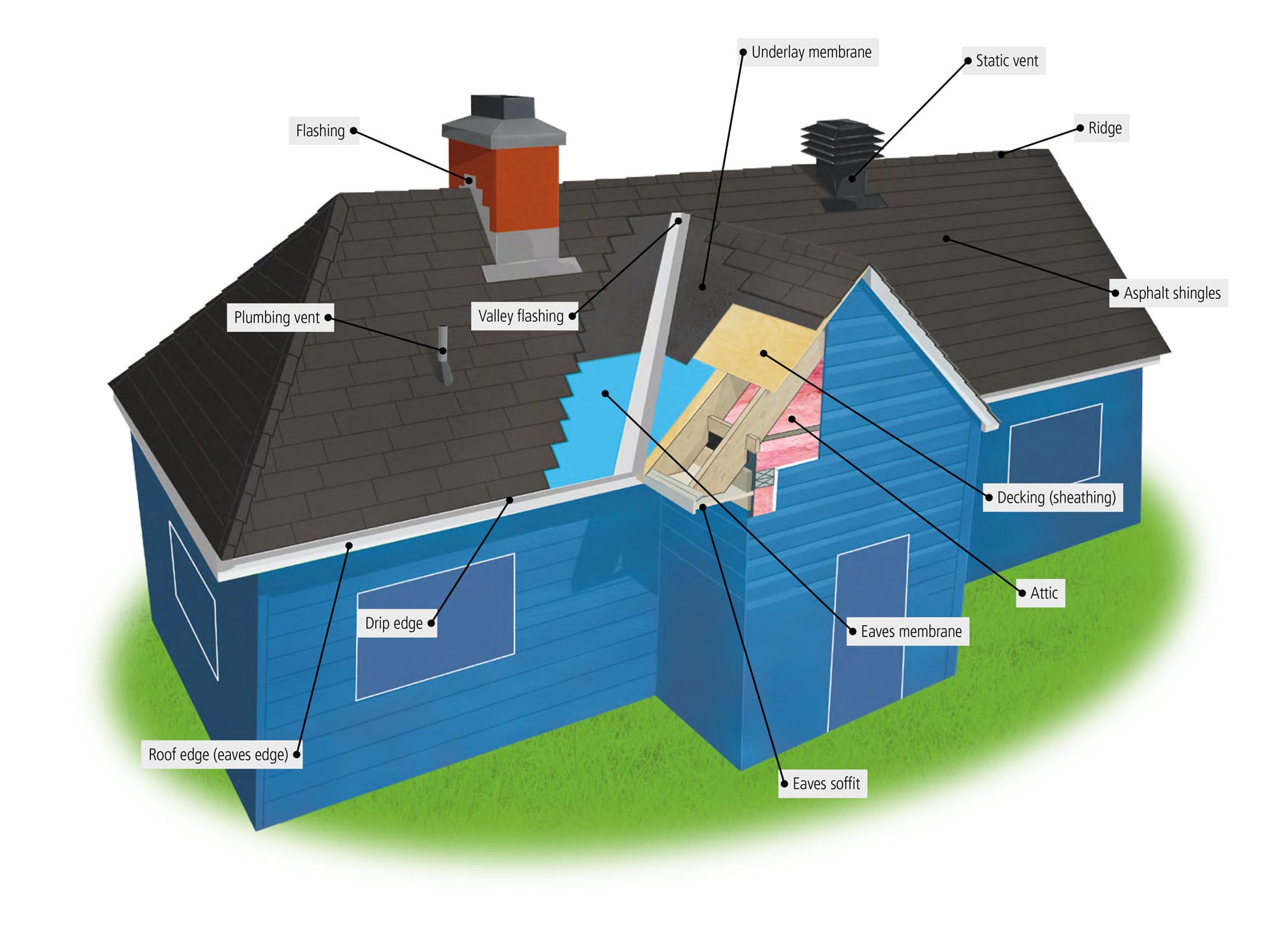
How Do Different Roof Vents Work?
Let’s start our look at how different types of roof vents work with a perfect example of how the shape of a roof can contribute greatly to how it works and how effective it can be.
Gable vents are designed to fit with roofs that feature a gabled design. As opposed to other types of roofing vents, gable vents are designed to fit not on the roof itself, but on the exterior wall of your attic itself, just below the gabled archway of your roofing. These vents offer intake as well as exhaust. For as well as they may fit with gabled roofs, however, they are not designed for use with other roofs.
Far more universal are soffit vents. For roof vents metal roof setups can be difficult, but soffit vents are almost always a great fit. Roof vents on metal roof setups need a delicate balance of firmness and good ventilation, and these provide just that.
These are vents that fit on the underside of your roof. While gable vents are meant to be seen, and can be quite decorative, soffit vents are designed to be as invisible as possible. Soffit vents are a good example of passive vents.
A more active example are whirlybirds. While they are also available in wind-powered varieties, when considering roof vents whirlybirds are also good examples of active vents. Paired with soffit vents, they can be quite effective.
Ridge vents, like soffit vents, are a good example of a ventilation system that is as inconspicuous as it is efficient. These vents run along the top ridge of a roofing system, with a gap through which air can escape. This is another example of a vent that can benefit from being paired with fans and active ventilation systems.
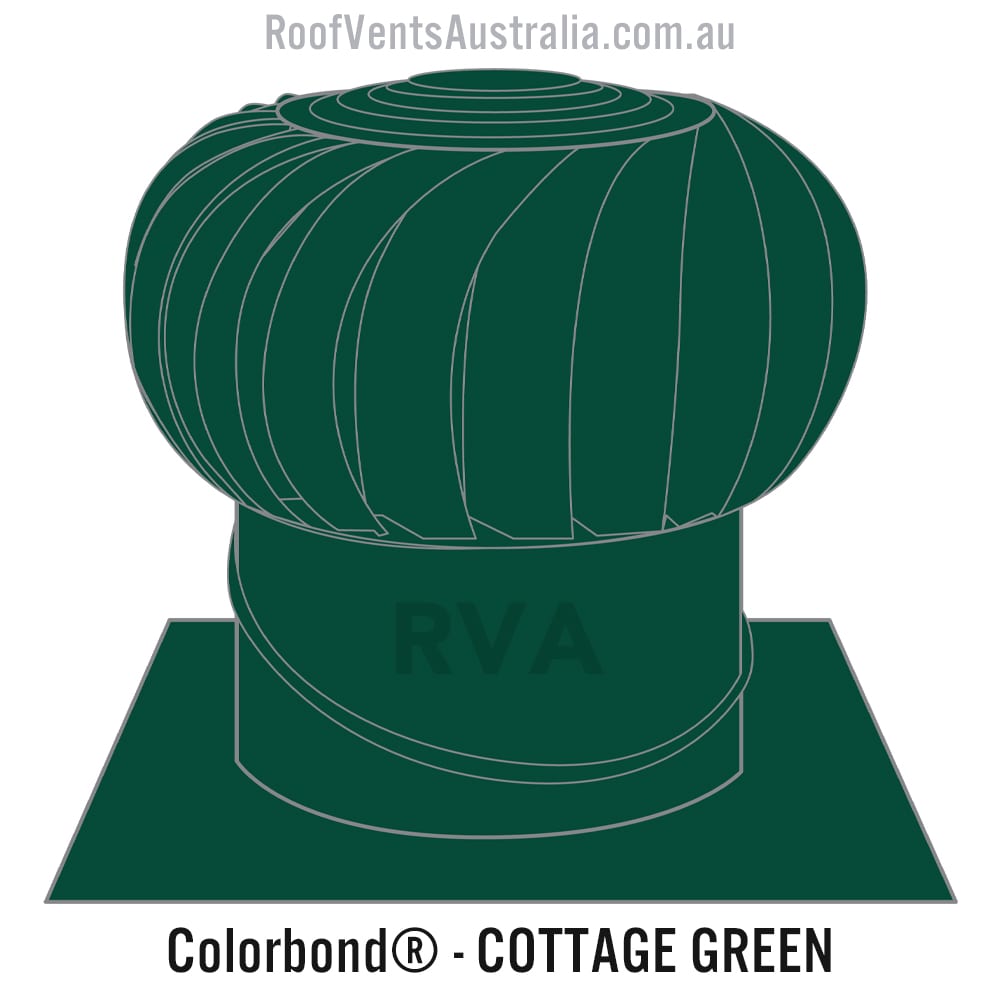
What About Insulation?
Of course, none of this will count for much if you are unable to properly insulate your home. While vents are key for allowing hot air to escape and fresh air to enter your attic, keeping the space cool and fresh, it is vital that you be able to control the flow of air into and out of your attic. This will not be possible if you do not have a properly insulated home.
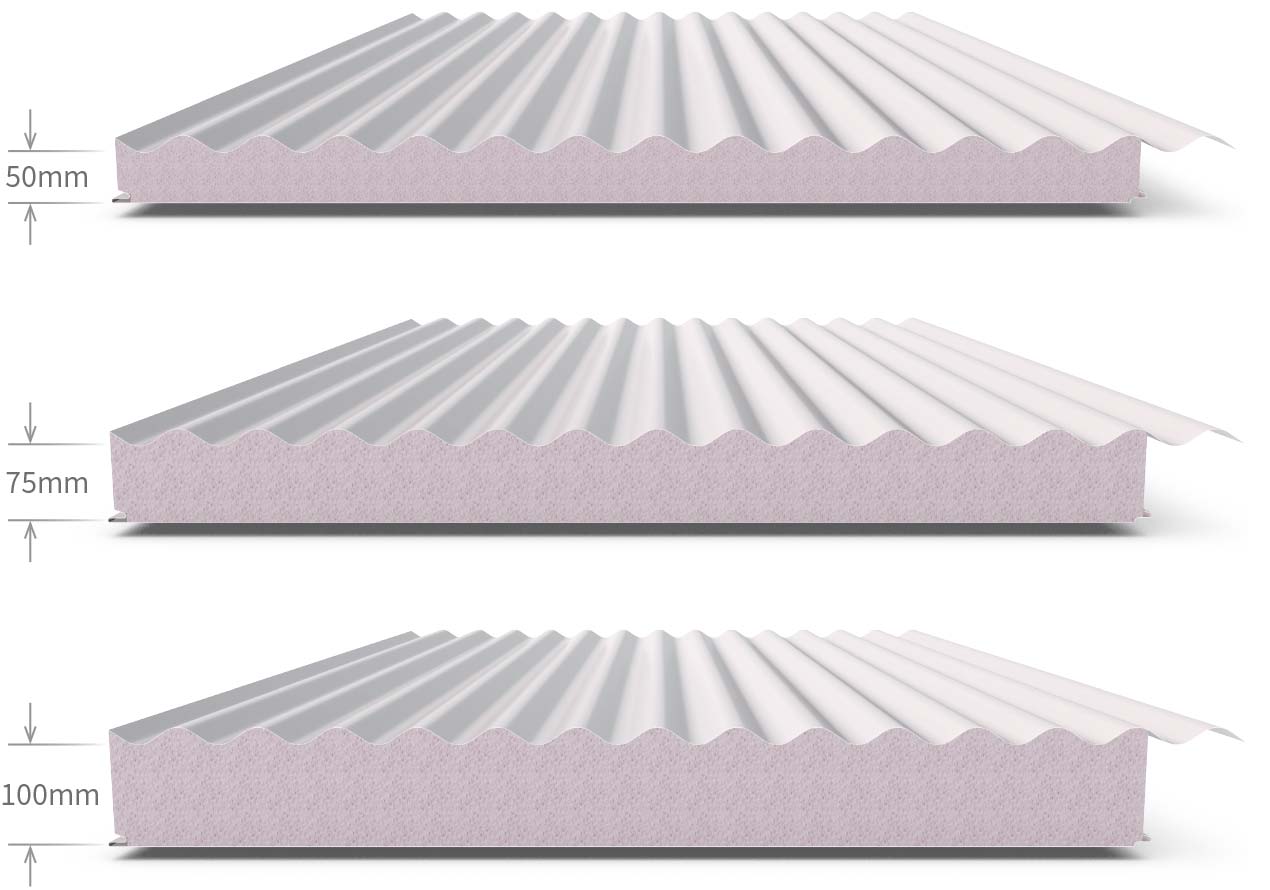
Solar Ventilators
Let’s take a moment to review what solar powered vents can do for your home. As you might imagine, these units are powered by sunlight, but they are also triggered by heat. Once your attic becomes hot enough, the solar ventilators switch on and start removing the hot air, thereby cooling the space.
One of the biggest selling points of solar powered vents is the fact that they can be a great way of cutting down on your energy costs. That said, it is definitely a long-term ventilation option, as short-term costs can be quite expensive.
Among roof vents solar powered options are quite popular, as the roof vents solar capabilities allow them to operate with greater energy efficiency than other units. That said, with all roof vents installation is key, especially here. You thus want to look to qualified teams who can set you up with good roof vents with fans, a fan for roof vent options of all kinds, and solar suggestions in particular.
What’s the Final Verdict?
Yes, roof ventilation does work, as long as you install the vents properly and make sure to temper your expectations to the type of ventilation system you have installed.
A better question isn’t whether roofing ventilation systems work, but rather which ventilation system is right for you.
If you have an interest in green energy and wish to invest in a ventilation system, solar powered units have a bright future. If you have a gabled roof, gable vents can be a great fit, literally and decoratively. Those looking for efficient active ventilation systems can look to whirlybirds and other vents that make use of fans.
There is no question that roof ventilation does work – the only question is how you can best take advantage of it.
